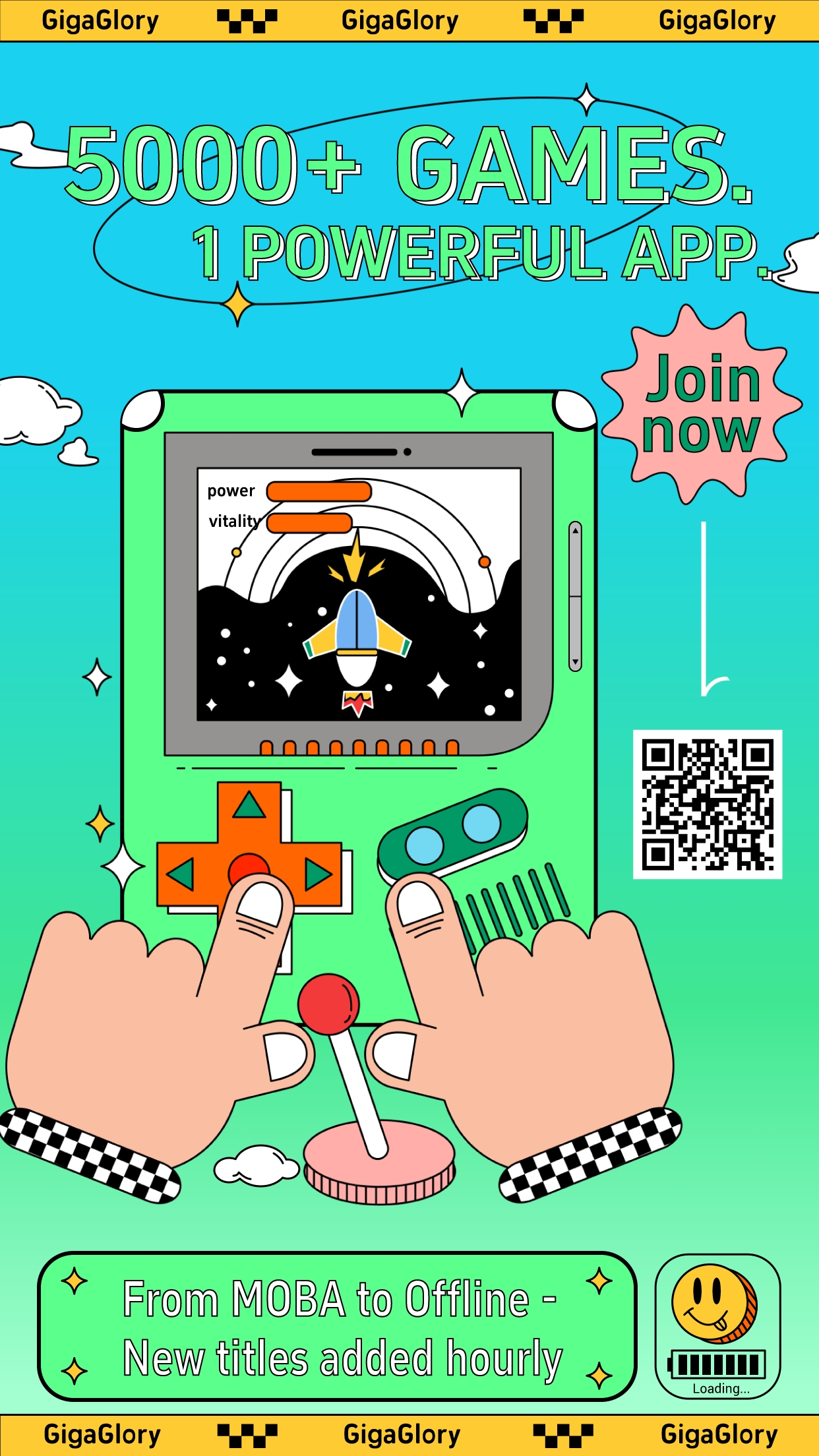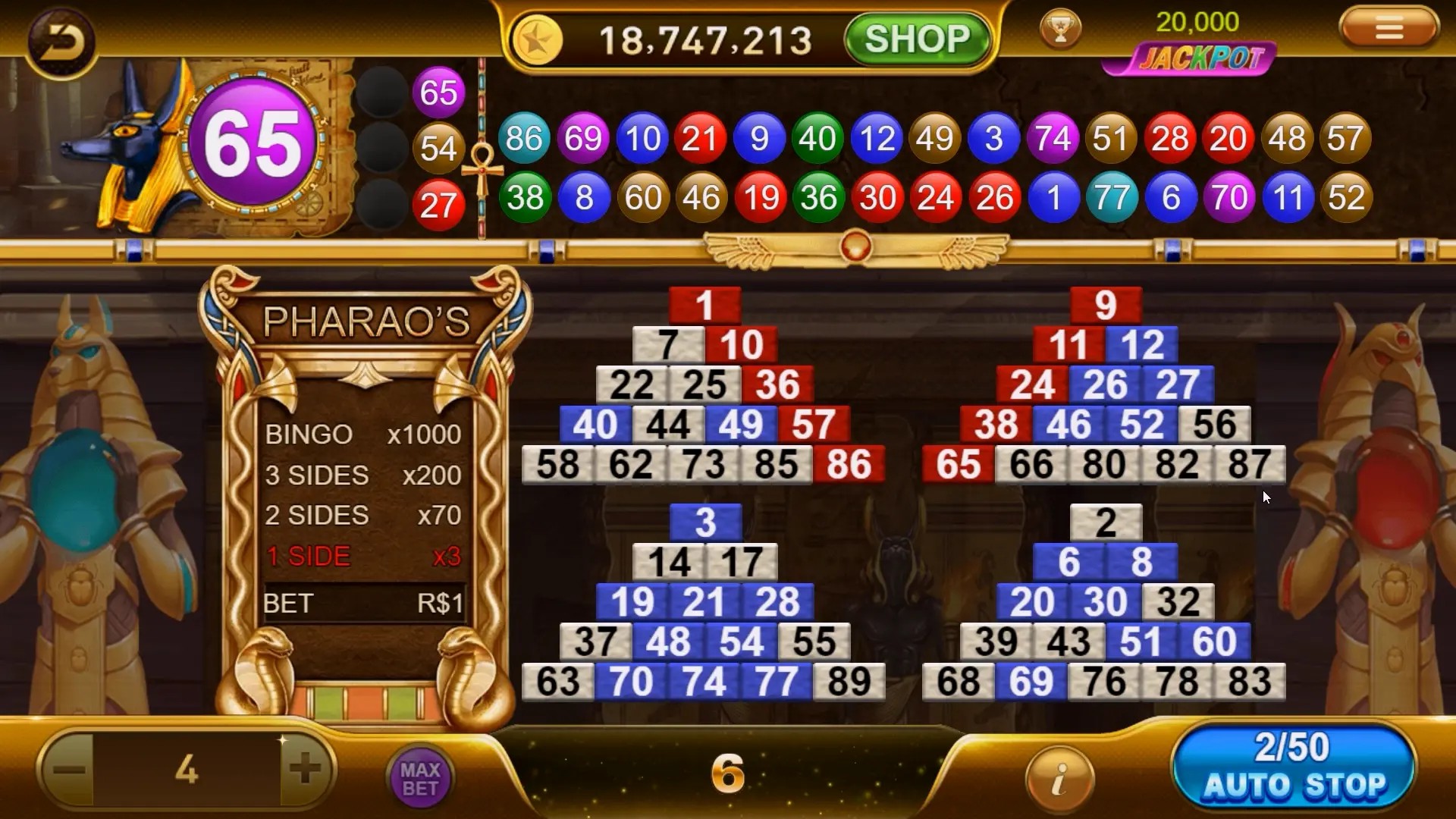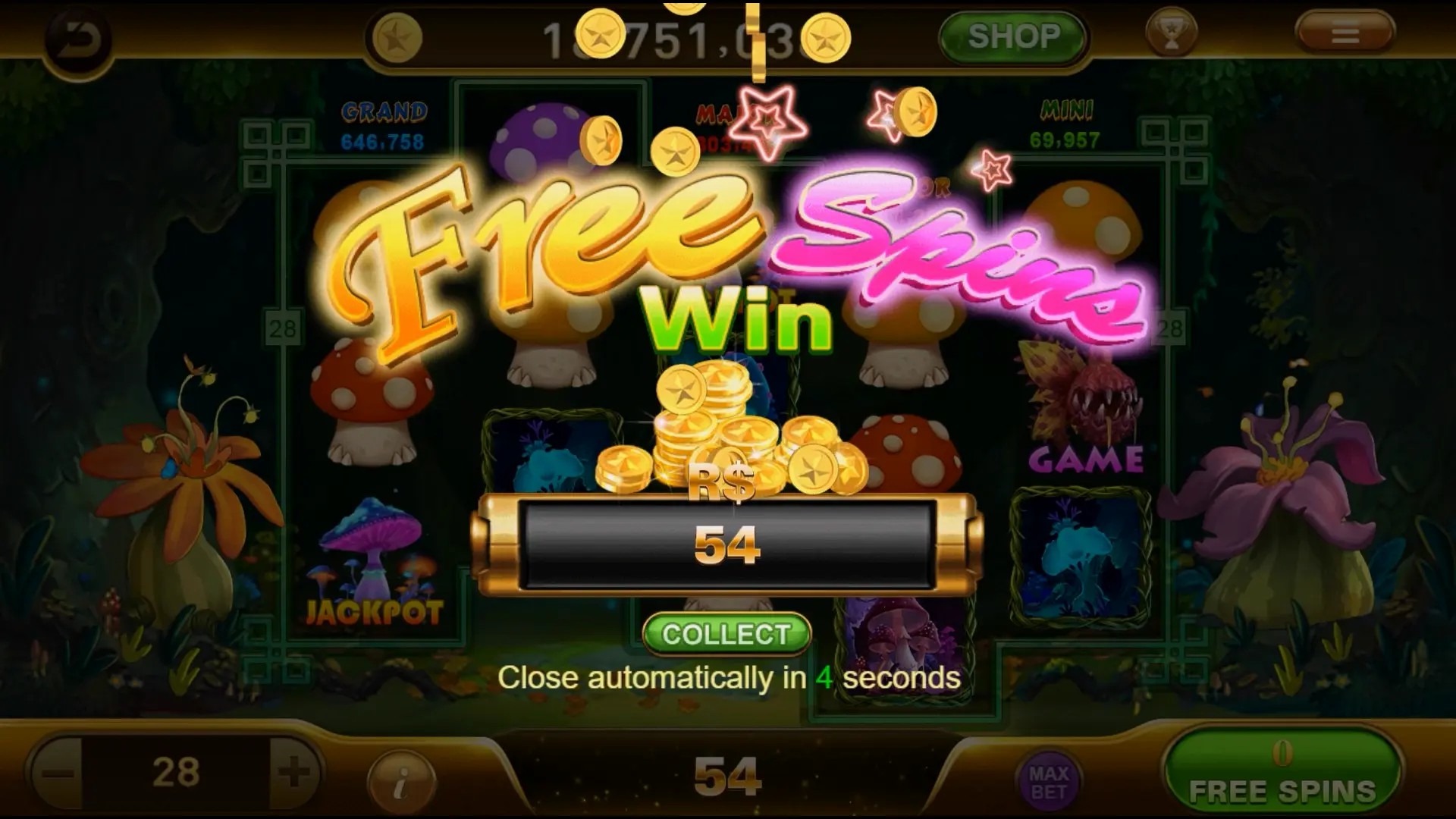Building Games: Exploring the Rise of Hyper Casual Games in Today's Gaming Landscape
When we think of video games, we often conjure images of immersive worlds, complex narratives, or competitive esports. However, there exists a genre that has been taking the gaming world by storm: hyper casual games. These games, characterized by their simplicity and accessibility, have redefined how we perceive and engage with gaming. Whether playing on a smartphone during a commute or over a quick break, building games are more popular than ever, with massive implications for developers and players alike.
The Definition of Hyper Casual Games
So, what exactly are hyper casual games? Typically, they are designed with straightforward gameplay mechanics and minimalistic designs, making them extremely easy to pick up and play. Many hyper casual games focus on quick, repetitive play sessions that keep players engaged without overwhelming them with complexity.
The Appeal of Simplicity
One of the key reasons for the success of hyper casual games is their appeal to a broad audience. Unlike traditional games that often require long tutorial sessions and extensive learning, hyper casual games can be jumped into without a second thought. This simplicity caters especially to non-gamers, reaching out to users who may have never considered themselves gamers before.
The Role of Mobile Devices
As mobile technology evolves, so does the ability to deliver gaming experiences directly to players' hands. Smartphones have become the gateway for these casual games. In fact, over 80% of hyper casual games are played on mobile devices, showcasing a changing landscape in consumer gaming behavior. The convenience of gaming on the go directly correlates with the rise of this genre.
Key Players in the Hyper Casual Game Market
The hyper casual game market is largely dominated by smaller developers and independent studios. Companies like Ketchapp, Voodoo, and Supersonic often release titles that become viral hits overnight. These developers capitalize on trends and player behavior, releasing highly addictive games that often feature building games concepts like construction and strategy.
Monetization Strategies: Ad-Based Revenue
The monetization of hyper casual games primarily relies on an ad-based revenue model. Unlike traditional games that may require a purchase or subscription, hyper casual games are usually free to play. Their revenue comes from displaying ads after player rounds, tapping into the large volume of users they attract. This approach leads to a win-win where players enjoy free content while developers earn through ad impressions.
Building Games Within the Hyper Casual Genre
Interestingly, hyper casual games often include elements of construction or building. One might come across titles that allow players to construct a city, create their own space, or even design unique characters. These experiences appeal to the creative side of players while still maintaining the simplicity expected in hyper casual games.
Game Examples: Standouts in the Hyper Casual Market
- Ball Sort Puzzle: A game where you sort colored balls into different tubes - deceptively simple, yet addictively challenging.
- Stack: Players stack blocks to reach new heights, perfecting their timing and precision with every move.
- Happy Glass: A puzzle game where players use creativity to fill a glass with water, often requiring unique solutions.
The Future of Hyper Casual Games
As the gaming industry continues to evolve, experts predict that hyper casual games will remain a key player for some time. They offer a unique blend of accessibility and fun that appeals to an ever-growing audience. With technological advancements and an increase in mobile device usage, we can expect even more creative and innovative hyper casual games in the coming years.
Potential Challenges Ahead
Despite their success, hyper casual games face challenges. The market is becoming increasingly crowded with clones and imitations, making it difficult for new titles to stand out. Developer creativity and differentiation will be crucial in maintaining this genre's growth.
EA Sports FC 24 for PC: A Case Study
While hyper casual games thrive on simplicity, franchises like EA Sports FC 24 for PC represent the opposite end of the spectrum. They signify an era of comprehensive gaming experiences that gamers invest considerable time and resources into. This contrast showcases the diversity of the gaming landscape, appealing to different gamer types.
Conclusion: A New Era of Gaming
In conclusion, the rise of hyper casual games marks a significant shift in the gaming landscape. Their focus on simplicity, ease of access, and creativity are revolutionizing the way we play. As high-quality building games rise within this genre, they exemplify how gaming can cater to diverse interests and preferences. As developers continue to innovate and showcase intriguing concepts, we can only anticipate further growth and excitement in this burgeoning market.
Key Points Summary
| Point | Description |
|---|---|
| Definition | Hyper casual games focus on simplicity and quick engagement. |
| Device Usage | 80% of players engage via their smartphones. |
| Revenue | Monetized primarily through ad impressions, not purchases. |
| Developer Landscape | Dominated by independent studios like Ketchapp and Voodoo. |



